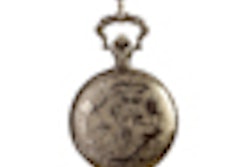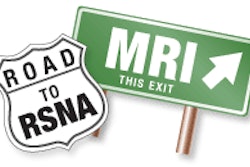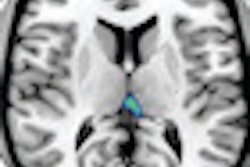Judith Enders and colleagues from Charité Medical School - Humboldt University in Berlin will present work from a study they conducted that compared claustrophobic event rates between vertical open and short-bore MR scanners.
The study included 174 patients identified as claustrophobic. Each patient had an overall mean value of at least 1.0 on the Claustrophobia Questionnaire (CLQ) and a clinical indication for MRI; each was randomly assigned to either the open MRI unit (Panorama HFO, Philips Healthcare, Andover, MA) or short-bore unit (Magnetom Avanto, Siemens Healthcare, Erlangen, Germany).
Among the patients, the mean CLQ score was 2.4 ± 0.8. There were 33 claustrophobic events (38.8%) in the short-bore MR group, compared with 23 (26.4%) in the open group, leading the researchers to conclude that although open MR does seem to mitigate claustrophobia, both types of scanners had claustrophobic event rates of more than 25%.



















